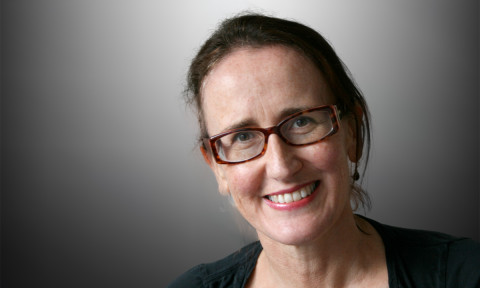
Jane McCredie
A FEW years ago, I attended a medical conference that was different from any other I’ve been to; alongside the doctors and researchers were large numbers of patients and their families, not just in the audience but on stage as well.
It may have happened, but I haven’t seen people with heart failure speak to their lived experience at a cardiology conference, or patients with arthritis giving presentations at a rheumatology conference.
This was an autism conference, and the focus was not just on the difficulties posed by the conditions that make up the autism spectrum. In many ways, the conference was also a celebration of a concept that has gained increasing currency in recent years: “neurodiversity”.
Divergence from the typical does not always need to be seen as disability, advocates argue. There are – or at least there should be – many ways to be a functional human.
In fact, some speakers at that conference expressed their compassion for the unfortunate “neurotypicals” in the audience with our limited vision of the world.
We’ve certainly come a long way from the middle of the 20th century when the dominant narrative around autism was that of the “refrigerator mother”, popularised by Hungarian-born psychoanalyst Bruno Bettelheim.
“The precipitating factor in infantile autism is the parent’s wish that his child should not exist,” Bettelheim wrote in his 1960s’ bestseller The empty fortress.
“Infants, if totally deserted by humans before they have developed enough to shift for themselves, will die. And if their physical care is enough for survival but they are deserted emotionally, or are pushed beyond the capacity to cope, they will become autistic.”
Bettelheim, a survivor of the Dachau and Buchenwald concentration camps, compared the condition of children with autism with that of concentration camp prisoners.
It’s not hard to imagine the impact such theories had on parents already struggling to meet the needs of a child with autism.
Happily, the theories have long been discredited, along with Bettelheim himself (he was found to have faked psychology qualifications to obtain a position at the University of Chicago).
Medical historian Bonnie Evans, a postdoctoral fellow at London’s Wellcome Trust, traces the changing attitudes to autism in a recent essay for the online journal aeon.
In the 1940s and 1950s, the status and definition of autism were hotly contested, with clear fault lines appearing between Freudian psychoanalysts such as Bettelheim and more statistically-minded psychologists.
The first widely accepted clinical classification came in the 1960s, when British psychiatrist, Dr Lorna Wing, formulated a definition based on impairment in three areas: social interaction, communication and imagination.
For decades, that remained the dominant narrative, though it is hardly uncontested today.
“Wing’s ‘impairment’ model of autism carved up human psychology in a way that was oddly definitive and unambiguous,” Evans writes. “It captured and contained an important aspect of human identity, but in a very artificial fashion.
“It is no coincidence that the very idea of neurodiversity arose from specific, targeted criticisms of the autism diagnosis.”
But putting an apparently more scientific frame around the condition did have its benefits, not least that it helped to shift the focus away from blaming the mothers of children with autism.
“The diagnosis was by no means flawless, but it served a vital role in reorganising social services, and advancing the rights of individuals who needed specialised social care,” Evans writes, describing it as an “engine of social inclusion” and buffer against government cuts to services.
The current championing of neurodiversity could, in some ways, be seen as a revival of the psychoanalytic approach, with its focus on personal narratives, she suggests.
“What we’re witnessing, it seems, is a shift away from standardising and statistical models to a more expansive appreciation of human difference,” she writes. “This is a fantastic idea, as long as our political and social structures can adapt to support it.”
And there’s the rub.
Evans identifies the “difficult political question” at the heart of this shift: “If governments don’t use scientific criteria and diagnoses to identify people with autism, how can they judge eligibility for representation or access to services?”
And that leads her to an even bigger question. Is it possible to classify and quantify an aspect of human psychology without also muting attempts to tell the story differently?